Comments / Questions (184)
![]() Marie Boyd wrote:
Marie Boyd wrote:
I am 2 rows into this, and wonder about the A1 directions. Line 1, I decreased 2 (sl 1, k2tog, psso), then coming back, found that YO P1 gives only 2 stitches. Rows 3 and 4 indicate 3 stitches in this small sequence. What am I missing? It will be a lovely cardigan, now that I have finally worked out the pattern sequences!
11.01.2025 - 01:38DROPS Design answered:
Dear Marie, there is only 1 decrease in the first line of A.1. You have: slip 1 st as if to K, K 2, psso the 2 K sts. You knit 2 stitches, not knit 2 together (which would be K2TOG instead of K 2). So you decrease 1 stitch, then increase 1 in the yarn over, so you get the decreased stitch back and you work 3 stitches in each row in rows 3 and 4. Happy knitting!
12.01.2025 - 15:58
![]() Vanessa LASSERRE wrote:
Vanessa LASSERRE wrote:
Bonjour, Quand vous indiquez env. je tricote tous les rangs à l'envers, et me retrouve donc avec du point mousse, ce qui ne me semble pas du tout cohérent. Ne s'agit-il pas plutôt de jersey envers? Cela me semble plus logique par rapport au travail des torsades alentour. Merci. Vanessa
05.12.2024 - 15:53DROPS Design answered:
Bonjour Vanessa, sur l'envers, vous allez tricoter soit au point mousse (à l'endroit donc) soit comme indiqué dans les diagrammes "sur l'envers" autrement dit, les cases blanches se tricotent à l'envers sur l'envers (jersey endroit) et celles avec une croix à l'endroit sur l'envers (jersey envers). Bon tricot!
06.12.2024 - 07:47
![]() Laura wrote:
Laura wrote:
Onko mallipiirroksiin merkitty pelkästään oikean puolen kerrokset? Esim. Onko A1 kuvan kierros kun langankierto tehdään kierros 2 (np) vai kierros 3 (op) ?
17.08.2022 - 12:54DROPS Design answered:
Piirroksiin on merkitty sekä oikean että nurjan puolen kerrokset. Eli piirroksen A.1 langankierrot tehdään nurjan puolen kerroksella.
22.08.2022 - 17:25
![]() Frøydis wrote:
Frøydis wrote:
Hei Når jeg strikker mønster A2 ser det ut som det blir vrangstrikk på flettene på rettsiden. Da har jeg fulgt mønsterdiagrammet som jeg har forstått det: Første mønsterlinje strikkes på retten, andre mønsterlinje strikkes på vrangsiden, tredje på rettsiden....osv. Mulig det er meg som har misforstått noe?
14.06.2022 - 17:10DROPS Design answered:
Hej, ja maskerne imellem fletterne i A.2 strikkes vrang fra retsiden og ret fra vrangen. Maskerne i forbindelese fletterne strikkes i glatstrik, det er bare at følge diagrammet :)
17.06.2022 - 14:50
![]() Frøydis wrote:
Frøydis wrote:
Hei Jeg får ikke mønsteret i A2 til å stemme. Er det rettelser til det?
13.06.2022 - 23:27DROPS Design answered:
Hej Frøydis, nej det skal der ikke være, hvad er det du ikke får til at stemme. Hvilken størrelse og hvilken pind i diagrammet? :)
14.06.2022 - 15:35
![]() Veru wrote:
Veru wrote:
Pozor u páté značky ve vysvětlivkách, je tam chybka... 2 oka nesplétáme, ale pleteme. Tedy popsek ke značce "=1 oko sejmeme hladce, 2 oka Upleteme hladce a sejmuté přes ně přetáhneme"
01.04.2022 - 18:47DROPS Design answered:
Dobrý den, děkujeme za upozornění - opraveno!
04.04.2022 - 10:34
![]() Magdalena Ryšicová wrote:
Magdalena Ryšicová wrote:
Prosím o radu ohledně návodu na tento krásný svetr a to ke schématu A1 kde tápu nad přidáváním ok. Začínám na třech ocích, ujmu jedno a spletu a přetáhnu, zůstává jedno a potom jedno přidám a mám pořád dvě oka. děkuji za odpověď
01.04.2022 - 18:33DROPS Design answered:
Dobrý den, Magdaleno, v popisku vzorku byla chyba, proto vám počet ok neseděl. Nyní je opraveno - oka nesplétáme, pouze upleteme; po nahození tedy budeme mít opět 3 oka. Hodně zdaru! Hana
04.04.2022 - 10:36
![]() Sandra wrote:
Sandra wrote:
I am struggling with diagram A2 I've worked from left to rite and from rite to left my pattern don't look the way it should I've also tried from bottom up and top to bottom
03.10.2021 - 13:50DROPS Design answered:
Dear Sandra, you can find a lesson about reading diagrams HERE. Happy stitching!
03.10.2021 - 22:45
![]() Jeanne Fitzgerald wrote:
Jeanne Fitzgerald wrote:
I am trying to start this sweater , but cannot get past the third row. I’m making size M/L, so I have cast on 290 stars, knit across first row and knit and inc 40 sets on the second row for a total of 330 sets. On the hind row I end up with not enough sets to finish the row. Have frogged nd started over twice now and still end up 12 stitches short. Could there be mistake in this pattern? Has there been an update or revision made to the pattern?
15.01.2021 - 01:03DROPS Design answered:
Dear Mrs Fitzgerald, work the 330 sts as follows: 18 sts in garter st, P 8, A.1 (= 3 sts), P 12, A.2 (= 23 sts), P12, * A.1, P12*, repeat from *-* 2 times in total (= over the next 30 sts), A.2, P12, A.1, P 12, A.3 (= 18 sts), P12, A.1, P12, A.2, P12, * A.1, P12*, repeat from *-* 2 times in total (= over the next 30 sts), A.2, P12, A.1, P8, 18 sts in garter st = 18+8+3+12+23 +12+30+23+12+3+12+18+12+3+12+23+12+30+23+12+3+8+18= 330 sts. Happy knitting!
15.01.2021 - 07:30
![]() Nancy Anne Kalista wrote:
Nancy Anne Kalista wrote:
My daughter would like this jacket and I'm willing to make it for her. However, her bust size in 53". Can you advise how to adjust the pattern to fit her? Thank you so much!
18.12.2020 - 19:20DROPS Design answered:
Dear Nancy, unfortunately we are not able to adjust our patterns to particular personal needs. Should you need any individual assistance, please contact the store where you bought the yarn, even per mail or telephone. Happy knitting!
18.12.2020 - 21:09
Gwendolen#gwendolencardigan |
||||||||||||||||||||||||||||||||||
 |
 |
|||||||||||||||||||||||||||||||||
Knitted DROPS jacket with cables and shawl collar in ”Karisma”. Size: S - XXXL.
DROPS 151-1 |
||||||||||||||||||||||||||||||||||
|
GARTER ST (back and forth on needle): K all rows. 1 ridge = 2 rows K. PATTERN: See diagrams A.1 to A.3. Diagrams show all rows in pattern from RS. SHORT ROWS IN BAND: Work short rows over sts in band to avoid it contracting vertically. Work like this every 10th row – from RS: Work 18 sts (= right band), turn and work back. Work 1 row over all sts as before. Turn and work 18 sts (= left band), turn and work back. Turn and work 1 row over all sts as before. BUTTONHOLES: Dec for buttonholes on right band. 1 buttonhole = K tog 3rd and 4th st from mid front, make 1 YO, K 8, K tog 13th and 14th st from mid front, make 1 YO (= 2 buttonholes). Dec for buttonholes when piece measures: SIZE S: 29 and 37 cm. SIZE M/L: 30 and 38 cm. SIZE XL: 31 and 39 cm. SIZE XXL/XXXL: 33 and 41 cm. ---------------------------------------------------------- BODY: Worked back and forth on circular needle to make room for all the sts. Cast on 266-290-350-386 sts (incl 18 band sts in each side towards mid front) on circular needle size 4 mm with Karisma. Work 2 RIDGES in garter st - see explanation above AT THE SAME TIME on last row inc 40 sts evenly = 306-330-390-426 sts. Then work as follows from RS: 18 sts in garter st (= band), P 8-8-8-10, * A.1 (= 3 sts), P 10-12-12-14 *, repeat from *-* 1-1-2-2 times in total, A.2 (= 23 sts), P 10-12-12-14, * A.1, P 10-12-12-14 *, repeat from *-* 2-2-2-2 times in total, A.2, * P 10-12-12-14, A.1 *, repeat from *-* 1-1-2-2 times in total, P 10-12-12-14, A.3 (= 18 sts), P 10-12-12-14, * A.1, P 10-12-12-14 *, repeat from *-* 1-1-2-2 times in total, A.2, P 10-12-12-14, * A.1, P 10-12-12-14 *, repeat from *-* 2 times in total, A.2, * P 10-12-12-14, A.1 *, repeat from *-* 1-1-2-2 times in total, P 8-8-8-10, 18 sts in garter st (= band). Continue this pattern AT THE SAME TIME work short rows over sts in band – see explanation above. AT THE SAME TIME when piece measures 8 cm, dec 1 st at beg of every P-section, P the first 2 sts tog (= 14-14-18-18 dec sts). Repeat dec every 5-5½-5½-6 cm, dec alternately at beg and end of all P-sections 5 more times (= 6 dec in total) = 222-246-282-318 sts. Remember to dec for BUTTONHOLES on right band - see explanation above. When piece measures 40-41-42-44 cm, on next RS row inc 1 st at beg of every P-section, inc with a YO and K yo twisted on next row from WS (= 14-14-18-18 inc sts). Repeat inc but at the end of every P-section when piece measures 50-52-53-55 cm = 250-274-318-354 sts. When piece measures 56-58-59-61 cm, divide the piece, finish front and back piece separately as follows: Slip the first and last 66-71-82-91 sts on a stitch holder for front piece, cut the yarn, then work only over the middle 118-132-154-172 sts (= back piece). BACK PIECE: = 118-132-154-172 sts. Continue pattern as before. When piece measures 72-76-78-82 cm, cast off the middle 22-26-26-26 sts for neck = 48-53-64-73 sts remain on each shoulder. Finish each part separately. Continue with pattern until piece measures 74-78-80-84 cm, cast off. RIGHT FRONT PIECE: Slip the first 66-71-82-91 sts back on needle. Continue pattern as before. When piece measures 74-78-80-84 cm, cast off the first 48-53-64-73 sts from WS for shoulder = 18 sts remain on needle. Work the rest of row. Then work short rows over the 18 sts as follows - beg from RS: * Work 2 rows back and forth over the first 9 sts, work 2 rows over all sts *, repeat from *-* until neck edge measures 7-8-8-8 cm at the shortest. Cast off. LEFT FRONT PIECE: Work as right but reversed. Cast off for shoulder from RS and beg short rows from WS. SLEEVE: Worked in the round on double pointed needles. Cast on 56-60-64-68 sts on double pointed needles size 3.5 mm with Karisma. Work rib = K 2/P 2. When piece measures 16-16-16-14 cm, switch to double pointed needles size 4 mm, continue in stocking st AT THE SAME TIME on 1st round dec 8-8-10-10 sts evenly = 48-52-54-58 sts. Insert 1 marker at the beg of round. AT THE SAME TIME inc 1 st on each side of marker, repeat inc every 2½-2-1½-1½ cm 13-15-16-18 more times (14-16-17-19 inc in total) = 76-84-88-96 sts. When piece measures 52-51-47-44 cm (shorter measurements in the larger sizes because of wider shoulders), cast off all sts. Knit another sleeve. ASSEMBLY: Sew the shoulder seams. Sew in sleeves. Sew the collar tog mid back and sew it to the neckline. Sew the buttons on to left band. |
||||||||||||||||||||||||||||||||||
Diagram explanations |
||||||||||||||||||||||||||||||||||
|
||||||||||||||||||||||||||||||||||
 |
||||||||||||||||||||||||||||||||||
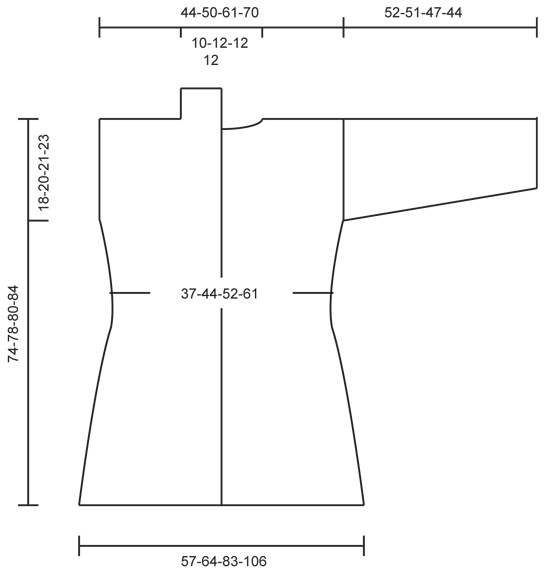 |
||||||||||||||||||||||||||||||||||
Have you finished this pattern?Tag your pictures with #dropspattern #gwendolencardigan or submit them to the #dropsfan gallery. Do you need help with this pattern?You'll find 25 tutorial videos, a Comments/Questions area and more by visiting the pattern on garnstudio.com. © 1982-2026 DROPS Design A/S. We reserve all rights. This document, including all its sub-sections, has copyrights. Read more about what you can do with our patterns at the bottom of each pattern on our site. |
||||||||||||||||||||||||||||||||||








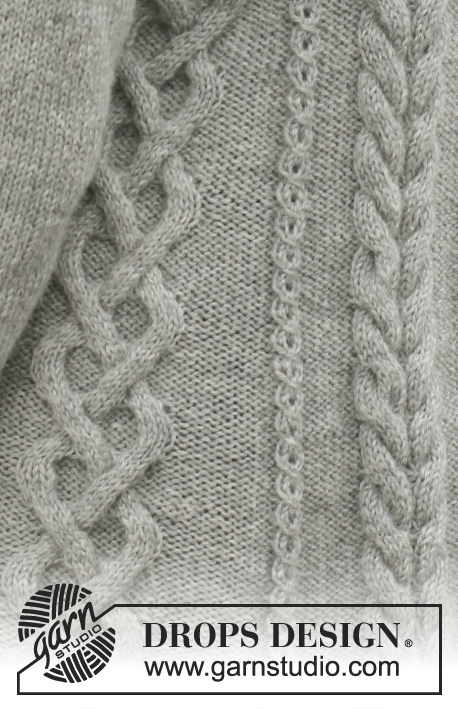






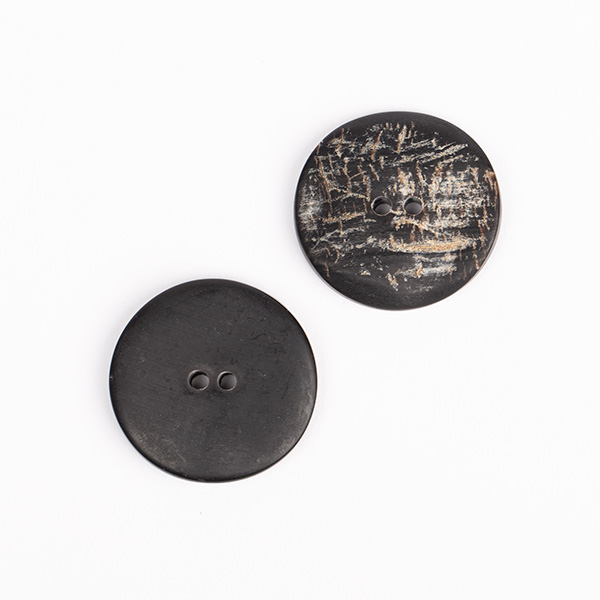



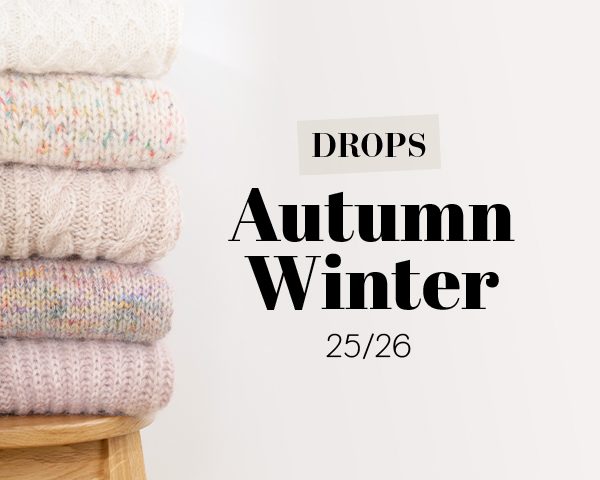

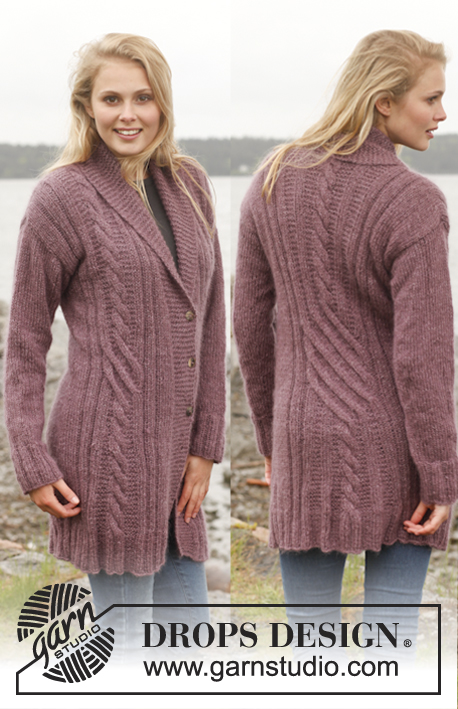

















































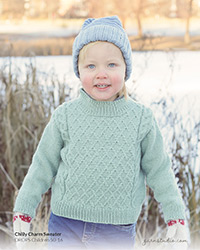
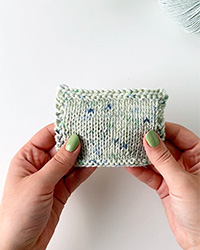

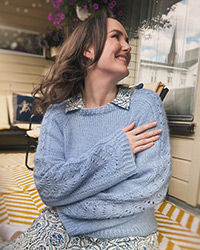

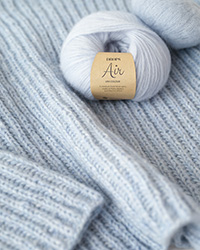
Post a comment to pattern DROPS 151-1
We would love to hear what you have to say about this pattern!
If you want to leave a question, please make sure you select the correct category in the form below, to speed up the answering process. Required fields are marked *.